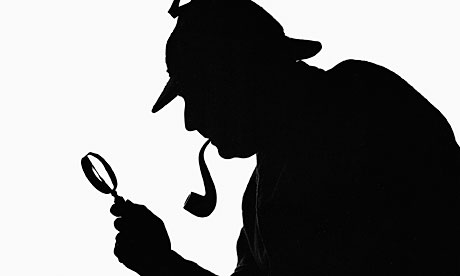 |
| Our summer 2014 interns (L to R): Ian Torres, Purav Shah, Stephen Herring, Everett Hu, John Lefkovitz, Joshua Alley. |
Our internship program goals are similar to the TT University Program, which provides free access to our trading platforms, APIs and expertise to more than 50 universities around the world. The main goal of the University Program is to educate and mentor the next generation of financial leaders by donating our expertise and technology to universities worldwide. Whether the students are studying finance, computer science, engineering and/or economics, we want them to understand how to use trading software in a safe, efficient way.
The goal of the paid internship program is to provide top students on summer break the opportunity to contribute enhancements that make our software even better, which in the process helps them become more advanced programmers and developers, and to enhance their understanding of the financial markets.




